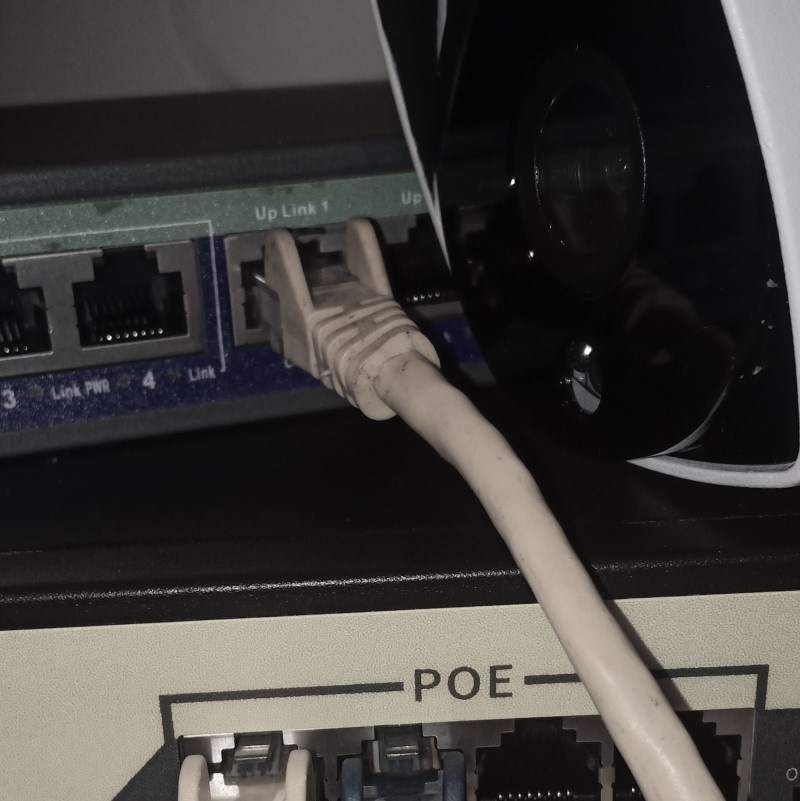Power over Ethernet (PoE for short) connectivity simplifies cabling needed to connect a device by allowing power and data delivery over a single network cable such as CAT5e or CAT6. It makes it easy to connect devices such as IP security cameras, wireless access points or office phones; a separate power supply or electrical outlet for each device is not needed at the device location. It is important to understand that POE has both active POE and passive POE, otherwise you could end up with some destroyed hardware.
Active Power over Ethernet (PoE)
802.3af/at Compliant Active PoE
Active PoE follows a set standard specification: either 802.3af or 802.3at. 802.3af or 802.3at compliant devices complete an active “handshake” using low power before full power is delivered down the ethernet cable. The PoE power supply will test the connection to the device and ensure that the power is compatible. When the handshake is successful, the device will negotiate the power to be supplied, and the device will power up fully. If the handshake doesn’t succeed then the power supply won’t provide any power and the device will not power up. This helps to prevent any potential damage.
Passive PoE
A raw power source which can destroy devices that aren’t suited
Passive PoE refers to any device that does not follow the 802.3af or 802.3at specifications. There is no handshake, and the power is simply provided on the cable. This happens regardless of what it is plugged into the cable – even when there is no connected device. In some circumstances this can damage any equipment not rated to accept the passive PoE power input. It is extremely important to understand the requirements and specifications of your equipment before plugging anything in.
For this reason it is important to verify what type of POE your device requires and to what standard it adheres. Many CCTV cameras are POE but expect a passive POE input of 12v using either a DC power balun spliced into a cat 5/6 cable or passive POE injector. However, there are commonly more expensive PoE cameras which have active POE handshakes, and will handle the power provided via an active POE switch.
The same is true of many devices, for instance many older Ubiquiti access points require a passive 24v power source, where as the more modern and expensive access points will negotiate with the switch for the correct power.
Not all listings for POE devices will make the type of power clear. So be sure to search before you purchase a device, to ensure your equipment is suitable for the rest of your setup.
